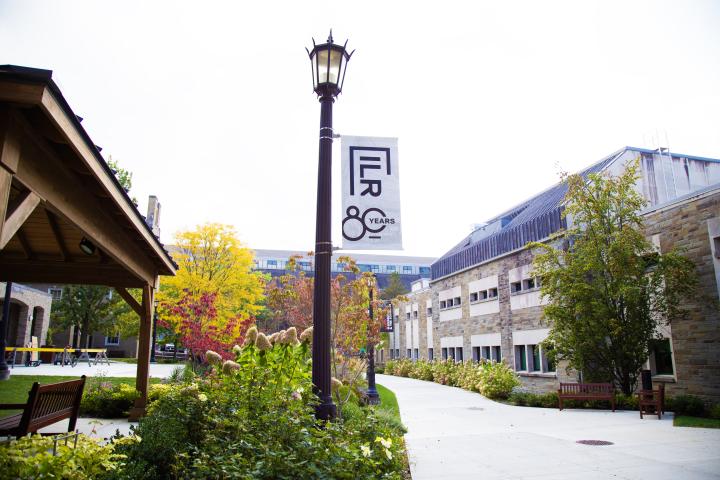
Solar Power
Not all economic news these days is good. But, there are some bright spots.
One is solar jobs.
According to "National Solar Jobs Census 2010: A Review of the U.S. Solar Workforce," the number of solar workers is projected to increase 26 percent, almost 24,000 net new jobs, during the next 12 months. This increase is significantly higher than what is expected for the economy overall.
The National Solar Jobs Census 2010 was conducted by The Solar Foundation, a nonprofit solar education and research organization, and Green LMI Consulting. John Bunge, ILR associate professor of social statistics, served as technical adviser for the census, the first-of-its kind review of the U.S. solar workforce.
"The fact that a national census is needed to examine the size and nature of the work force signals that the solar industry is having a substantial and positive impact on the U.S. economy," said Andrea Luecke, acting executive director of The Solar Foundation.
In his role, Bunge provided lead counsel on the sampling and data analysis plans and provided expert advice on the research methodology.
"We faced a complex problem of simply defining the population – those who are known solar industry employers, and those who are unknown or potentially active in solar energy but not listed in traditional categories."
He adds: "This is hard to do, but it was done well, following a careful and statistically valid approach. The Solar Foundation and Green LMI’s success in identifying more than 16,700 solar employment sites and more than 93,000 solar jobs is indicative of a high-quality research methodology."
Bunge got involved in the project after getting a call from Maria Figueroa, ILR senior extension associate. The request for technical assistance first came to ILR's Global Labor Institute from a Cornell University graduate and eventually made its way to Figueroa.
"I took an interest because I have some experience working with the construction industry, where available statistics about the labor market are not always adequate and not always good at reflecting the actual levels of employment," Figueroa said.
Figueroa quickly realized that this project would need a lot of "heavy-duty statistical support." She immediately thought of Bunge since she knew about his capabilities, having previously worked with him on a project.
Bunge said ILR's involvement in this project is "right on target" since it combines employment research with survey statistics.
"That's why our department exists."
He says it's surprising to learn about the number of people working in the solar industry and the projections for growth.
"The Obama administration has been pushing for more green jobs. This is an important matter of national policy – and it's a good place for ILR to be."


